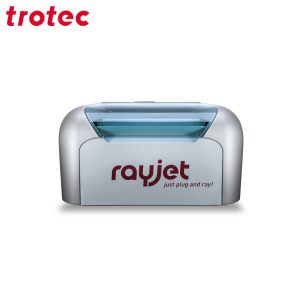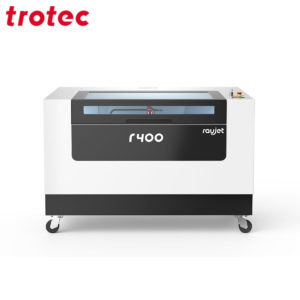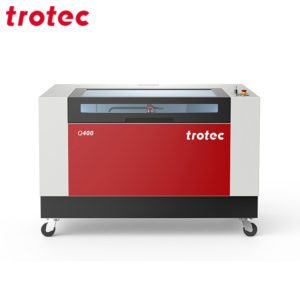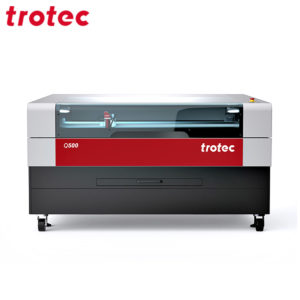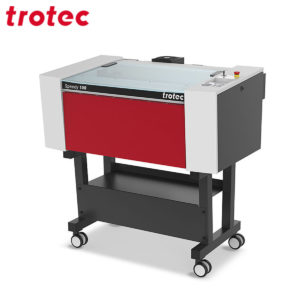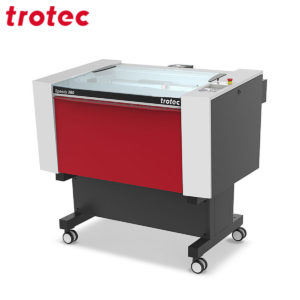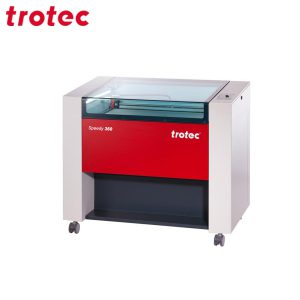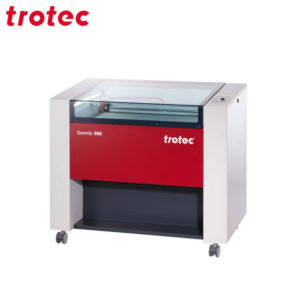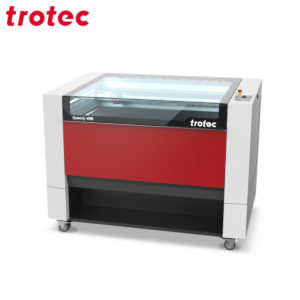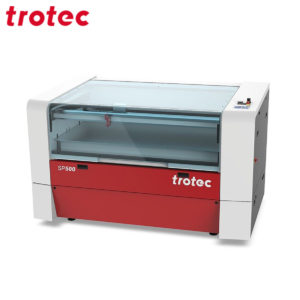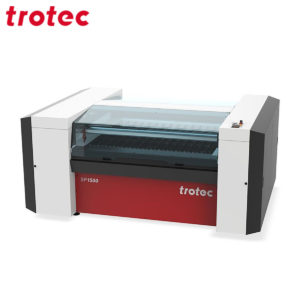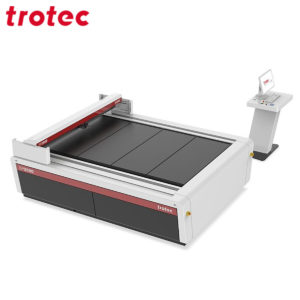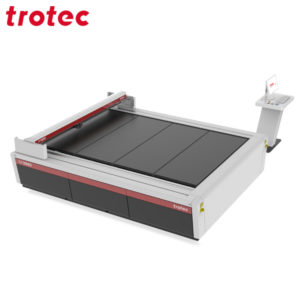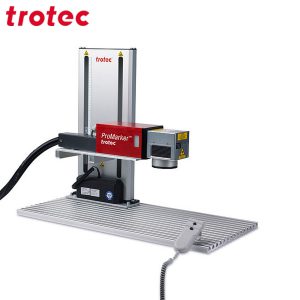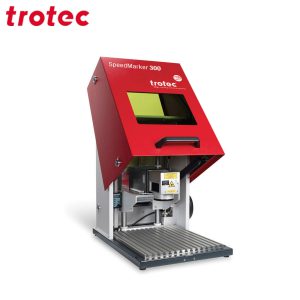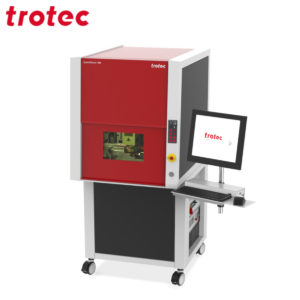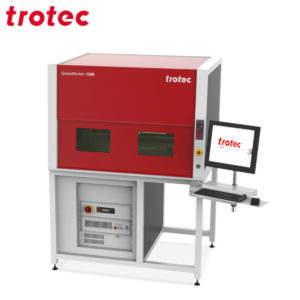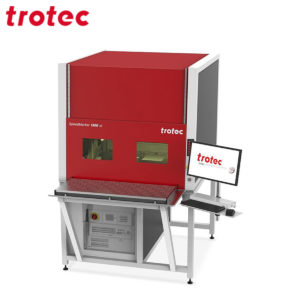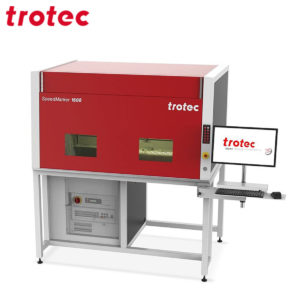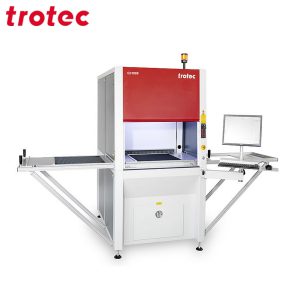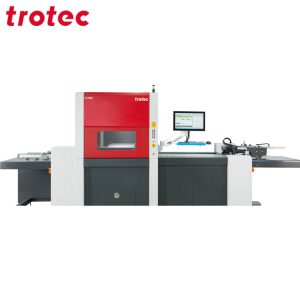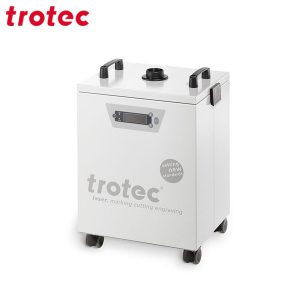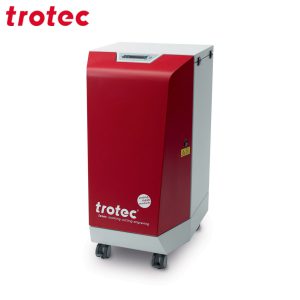The term engraving designates all the artistic, artisanal or industrial techniques which use incision or digging to produce an image, a text or any other inscription in the material.
There are several engraving techniques but Laser engraving and mechanical engraving are the two most common methods used to engrave a surface on different materials. Nevertheless, the two technologies each have their purpose. The laser, for example, will bring you a high precision of engraving, conversely, with the mechanical engraving the effects in relief will be much more advantageous.
The laser machines available on the market are distinguished primarily by the internally mounted laser sources. We mainly talk about CO2 laser, fiber laser, YAG. Each type of laser has its particular advantages and disadvantages and is suitable for working with various materials.
CO₂ laser (gas laser)
CO2 lasers are gas lasers based on an electrically excited carbon dioxide gas mixture. With a wavelength of 10.6 micrometers, the CO2 laser source
mainly suitable for working non-metallic materials and most plastics. CO2 lasers have relatively high efficiency and very good quality of
beam. They are therefore one of the most common types of lasers. Suitable for the following materials: wood, acrylic, glass, paper, textiles, plastics, foils & films,
leather, stone, laser rubber; marble and coated metals.
fiber laser
Fiber lasers are solid-state lasers. They produce the laser beam by means of a so-called laser seed and amplify it in specially mounted glass fibers
to which energy is supplied via pump diodes. With a wavelength of 1.064 micrometers, fiber lasers produce a particularly small focal diameter,
which means that their intensity is up to 100 times higher than CO₂ lasers of the same average power delivered. The fiber laser is ideal for marking metals
by annealing, for metal engravings and high-contrast markings on plastics. Fiber lasers are basically maintenance-free and are distinguished by their long service life
at least 25,000 laser hours.


